The Vikram lander and the Pragyan robot could wake up around September 22, when the cold lunar night ends and sunlight shines down.
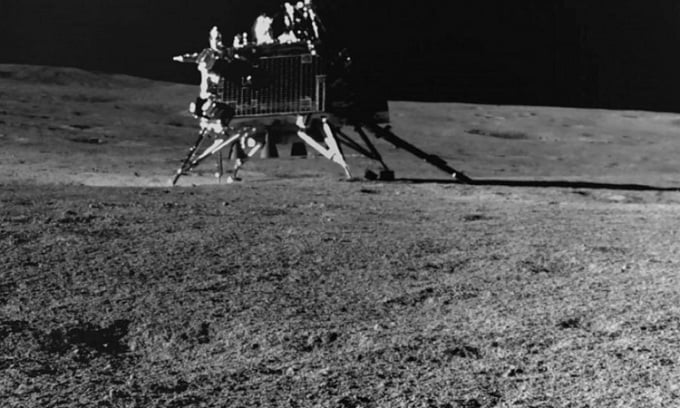
Vikram lander in this image taken from the navigation camera of the Pragyan robot. Photo: ISRO
The Indian Space Research Organization (ISRO) announced on September 2 that the Vikram lander and Pragyan robot of the Chandrayaan-3 mission have completed their assigned work near the lunar south pole and have gone into sleep mode. According to ISRO, the duo will wake up around September 22.
Both Vikram and Pragyan are solar-powered, so they need sunlight to charge their batteries and operate their scientific instruments. They went into sleep mode in early September as night fell and their batteries ran out. "The solar panels are oriented to receive light at the next sunrise, expected on September 22, 2023. The receiver remains on," ISRO wrote on social media X.
Despite the hope, there is still a chance that Vikram and Pragyan will not wake up. NASA says that the temperature on the moon at night can drop to -200 degrees Celsius. According to Pallava Bagla, an author who has written about India's space exploration, the country does not have access to technology capable of withstanding such cold.
The Indian lander and robot touched down on the Moon on August 23. Even if the duo did not wake up, they would have completed their original mission: Exploring the lunar south polar region for the first two weeks after landing (a lunar day lasts about 14 Earth days).
During this time, they made a number of important scientific discoveries. For example, they confirmed the presence of sulfur in the lunar south polar region. Preliminary analyses also revealed the presence of aluminum, calcium, iron, chromium, titanium, and a phenomenon that could be a moonquake.
India is the fourth country after the Soviet Union, the United States, and China to land on the Moon and the first to land near its south pole. The lunar south pole is of particular interest because it contains water ice, which can be mined and broken down into oxygen and hydrogen for breathing and rocket fuel.
The Vikram lander and the Pragyan robot are the first vehicles to study the south polar region up close and take samples directly, so their awakening is a big concern for scientists as well as companies that want to build bases on the Moon.
"So far, all margins look good and we believe that the lander and rover will be active again by the end of the night. If that happens, it will be a bonus. If not, the mission will still be successful," said M. Srikanth, director of the Chandrayaan-3 mission.
Thu Thao (According to Business Insider )
Source link










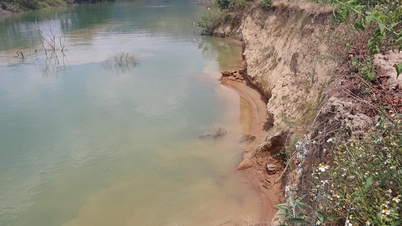
















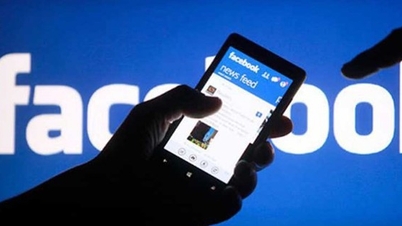





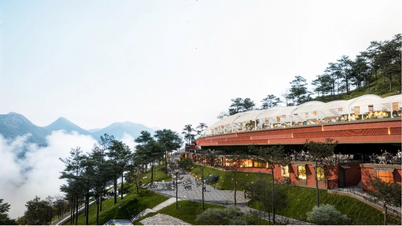
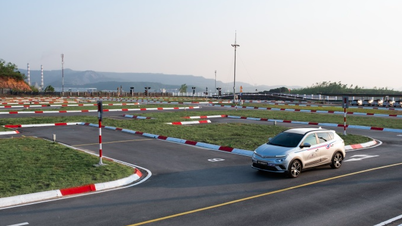








































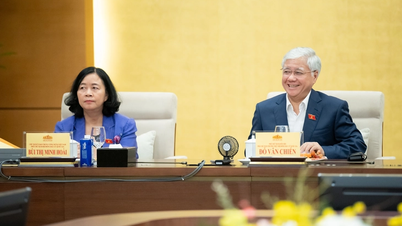







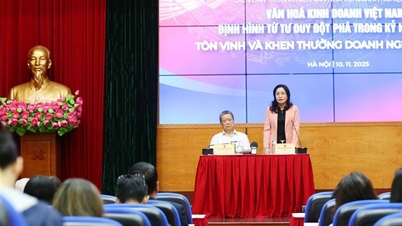















![Dong Nai OCOP transition: [Article 3] Linking tourism with OCOP product consumption](https://vphoto.vietnam.vn/thumb/402x226/vietnam/resource/IMAGE/2025/11/10/1762739199309_1324-2740-7_n-162543_981.jpeg)











Comment (0)